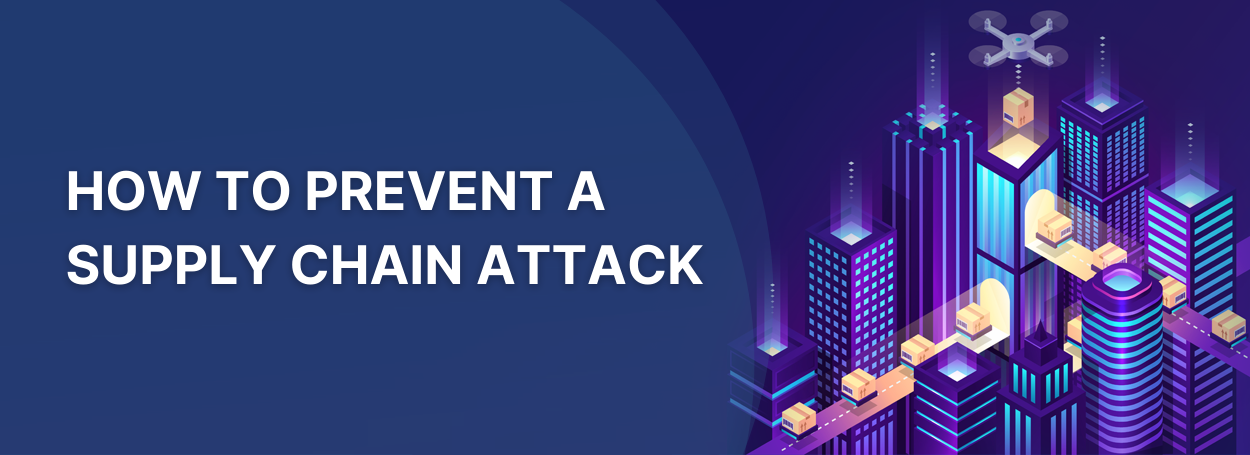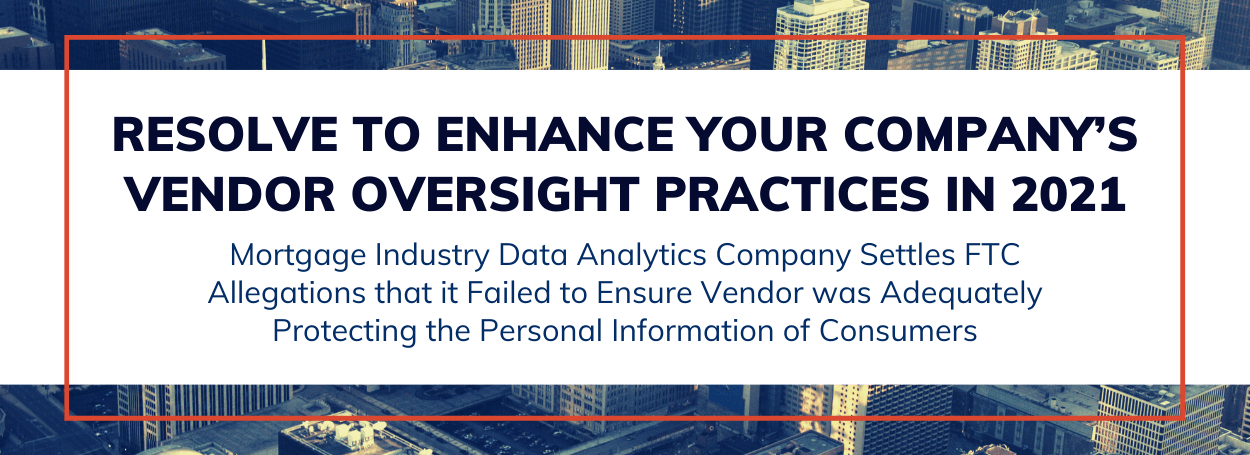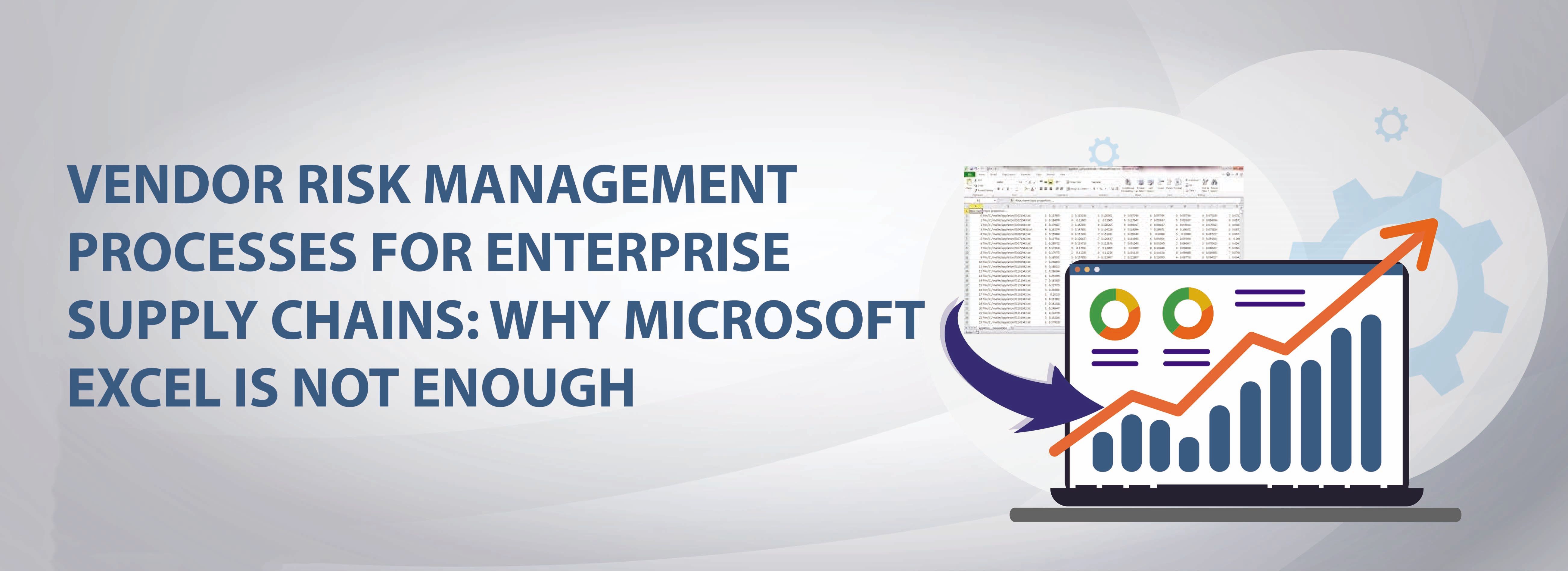How to Prevent a Supply Chain Attack

Today’s supply chains are complex, interconnected digital ecosystems of web-based services, applications, and assets powered by vast networks of partners, suppliers, and third-party services.
Product and service delivery is more rapid and efficient than ever before in history. Unfortunately, these new digital business models create a unique opportunity for cybercriminals that requires robust third-party risk management.
What is a Supply Chain Attack?
Supply chain attacks are an emerging threat targeting an organization’s service provider in which a cybercriminal uses the vendor’s security weaknesses to breach an organization’s infrastructure and information systems.
The purpose is to gain access to source codes, steal or ransom sensitive data or proprietary information, and infect legitimate applications to spread malware.
In software supply chain attacks, vendors often are unaware that their systems are contaminated when they use them to perform duties according to their vendor relationship.
The malicious code is then executed with the same trust and permissions as the application. The amount of potential victims is significant, particularly given the reliance on software to support everyday business functions.
Attackers look for insecure network protocols, unprotected server infrastructures, and insecure coding practices. They break in, modify source codes, and cloak malware in the creation and software update processes.
Supply chain attacks often involve a trusted business partner or vendor and target the weakest or least secure link in the supply chain.
Likewise, cybercriminals zero in on those that don’t have third-party risk management software and often have the lowest cybersecurity controls implemented.
By targeting the most insecure links in the supply chain, cybercriminals are more likely to penetrate secure systems to access vital data.
Types of Supply Chain Attacks
There are several types of supply chain attacks, all of which exploit vulnerabilities in solutions firms trust. Examples of such attacks include:
- Certificate theft: A certificate used to vouch for the legality or safety of a company’s product may be stolen by a hacker and marketed as fraudulent code under the guise of that firm’s certification.
- Compromised software or infrastructure: Hackers employ the tools for creating software applications to introduce flaws in the programming development process that allow them entry into the corporate infrastructure.
- Preinstalled malware: Malware is installed on phones, USB drives, cameras, and other mobile devices by hackers. Malicious code is injected when the intended target connects their system or network to the malware’s control panel, and often, this is used to open a backdoor that will later allow hackers to re-enter the system and do more damage.
- Malicious code in firmware: Most digital technology runs on firmware, promoting efficient performance and communication with users and other systems. Hackers may introduce harmful code into the firmware of a system or network to access it.
How to Prevent a Supply Chain Attack
To prevent supply chain attacks, organizations should examine what they can do to make themselves more resilient to these cyberattacks.
They need to establish a clear supply chain security direction with their suppliers and take an approach where their design is resilient if a technology supplier is compromised.
Companies can integrate several techniques, addressing issues with their general cybersecurity infrastructure to ensure that endpoints are secured against infiltration.
With the seven measures below, your organization should mitigate the risk of suffering a cyber-attack.
Understand and Define the Threat Landscape
Map out the threat landscape, including software vendors, open-source projects, IT and cloud services. Next, list all third-party vendor tools and services used in software projects.
Choose Your Vendors Wisely
Consider a company’s cybersecurity framework before selecting them. Check to see whether vendors have established, validated, and certified security policies and procedures. Data access and usage standards should be clearly defined in vendor contracts.
Monitor Your Vendors Routinely
Monitor software suppliers. Pay close attention to software with privileged access to assets or sensitive data.
For these vendors, the assessment must be more elaborate to assess the integrity of the software development lifecycle. In addition, ensure that adequate controls are in place to check for malicious code.
Limit Access to Sensitive Files and Assets
It is not unusual for businesses to give their data to third parties. However, this must be done with caution. The fewer people with access to data, the easier it is to manage and avoid security risks.
Determine who has access to sensitive data and what they are doing with it during your assessment. A firm may also exert governance over data usage by feeding it one way to vendors.
Protect Development Endpoints
Keep an eye on developer endpoints, such as servers, workstations, or virtual machines. Deploy endpoint protection platforms and endpoint detection and response technology to detect anomalous behavior and facilitate immediate response.
Educate Staff, Vendors, and Partners
It’s more than just technology that’s required to combat cyber threats. A cultural shift is necessary for employees, suppliers, and partners to understand what they can accomplish (and what they should avoid doing) with sensitive data.
Conduct training sessions to educate staff on security aspects such as company policy, password security, and social engineering attack methods.
Keep a Disaster Recovery Plan Ready
Assume you will suffer a data breach.
Ensure that there is an incident response plan to effectively deal with a potential crisis. Such a plan should include the full range of incidents and set out appropriate responses.
Also, implementing technological defenses for maximum effect is highly recommended, such as up-to-date antivirus software, multi-factor authentication, and the implementation of attack surface monitoring solutions.
Use Vendor 360 to Support Your Vendor Risk Management Program
Vendor360 is a comprehensive and customizable third-party risk management tool that collects vendor data, automates assessments, and gives you control over your vendor risk management process.
Vendor360 aggregates your supplier data, automates your assessments, and helps you gain greater visibility and control over your vendor risk management processes.
It can assist you in expediting pre-contract risk analysis for new vendors by distributing questionnaires to several internal teams and managing inherent risks at each vendor’s engagement, product, and service levels.
With Vendor360, you can manage assessment progress, set due dates, and verify the status of questionnaires throughout your third-party portfolio. The platform also provides a simple user interface with extensive automation and analytics.
Book a demo to learn how Vendor360 can streamline your vendor risk management and prevent emerging attacks!


